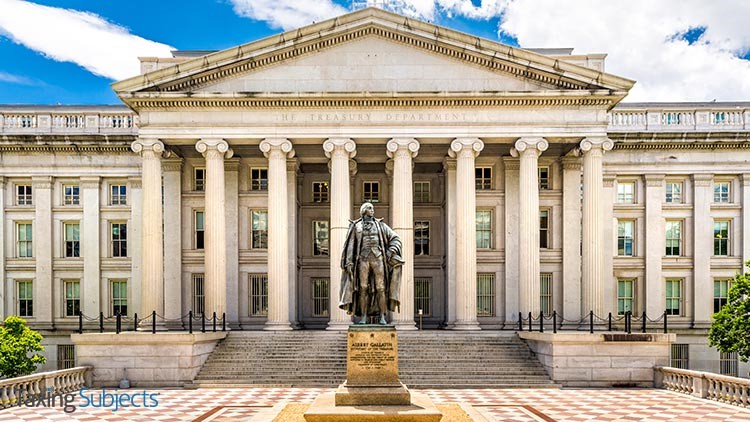
The Treasury Department, along with the IRS and the U.S. Department of Labor, have unveiled a package of tax credits for small and midsize employers can use to “immediately and fully” reimburse them, dollar-for-dollar, for the cost of providing Coronavirus-related leave to employees.
The relief is provided under the Families First Coronavirus Response Act signed by the President last week.
The new law will help the nation in the fight against COVID-19, giving all American businesses with fewer than 500 employees the funds to provide workers with paid leave, either for the employee’s own health needs or to care for family members. The legislation also will enable employers to keep their workers on the payroll, while at the same time ensuring workers aren’t forced to choose between a paycheck and the public health measures needed to combat the spread of the virus.
Here are the key provisions of the measure:
Paid Sick Leave for Workers
- For COVID-19 related reasons, employees receive up to 80 hours of paid sick leave and expanded paid child care leave when employees’ children’s schools are closed or child care providers are unavailable.
Complete Coverage
- Employers receive 100% reimbursement for paid leave pursuant to the Act.
- Health insurance costs are also included in the credit.
- Employers face no payroll tax liability.
- Self-employed individuals receive an equivalent credit.
Fast Funds
- Reimbursement will be quick and easy to obtain.
- An immediate dollar-for-dollar tax offset against payroll taxes will be provided
- Where a refund is owed, the IRS will send the refund as quickly as possible.
Small Business Protection
- Employers with fewer than 50 employees are eligible for an exemption from the requirements to provide leave to care for a child whose school is closed, or child care is unavailable in cases where the viability of the business is threatened.
Easing Compliance
- Requirements subject to 30-day non-enforcement period for good faith compliance efforts.
- To take immediate advantage of the paid leave credits, businesses can retain and access funds that they would otherwise pay to the IRS in payroll taxes. If those amounts are not sufficient to cover the cost of paid leave, employers can seek an expedited advance from the IRS by submitting a streamlined claim form that will be released next week.
The legislation says employees of eligible employers can get two weeks—up to 80 hours—of paid sick leave at 100% of the employee’s pay. The leave is for employees unable to work
because the worker is quarantined or experiencing virus symptoms and seeking a diagnosis.
An employee who’s unable to work because of a need to care for someone in quarantine, to care for a child whose school is closed or whose child care provider is unavailable due to the virus can receive two weeks (up to 80 hours) of paid sick leave at 2/3 the employee’s pay.
An employee who is unable to work due to a need to care for a child whose school is closed, or child care provider is unavailable for reasons related to COVID-19, may in some instances receive up to an additional 10 weeks of expanded paid family and medical leave at 2/3 the employee’s pay.
For other qualifying reasons, contact the U.S. Department of Health and Human Services.
Paid Sick Leave Credit
For employers, the legislation gives relief when employees have to stay home due to infection, quarantine or self-quarantine, or the wait for a diagnosis. Employers can receive a refundable sick leave credit at the employee’s regular rate of pay, of up to $511 per day or $5,110 total, for a total of 10 days.
In the case of a worker who is caring for someone with the virus, or caring for a child when the child’s school or other facility is closed due to the Coronavirus, employers may claim a refundable credit of up to two-thirds of the employee’s regular rate of pay, up to $200 per day and $2,000 total for up to 10 days.
Eligible employers are entitled to an additional tax credit determined based on costs to maintain health insurance coverage for the eligible employee during the leave period.
For a detailed list of provisions of the Families First Coronavirus Response Act, check out the IRS website.
